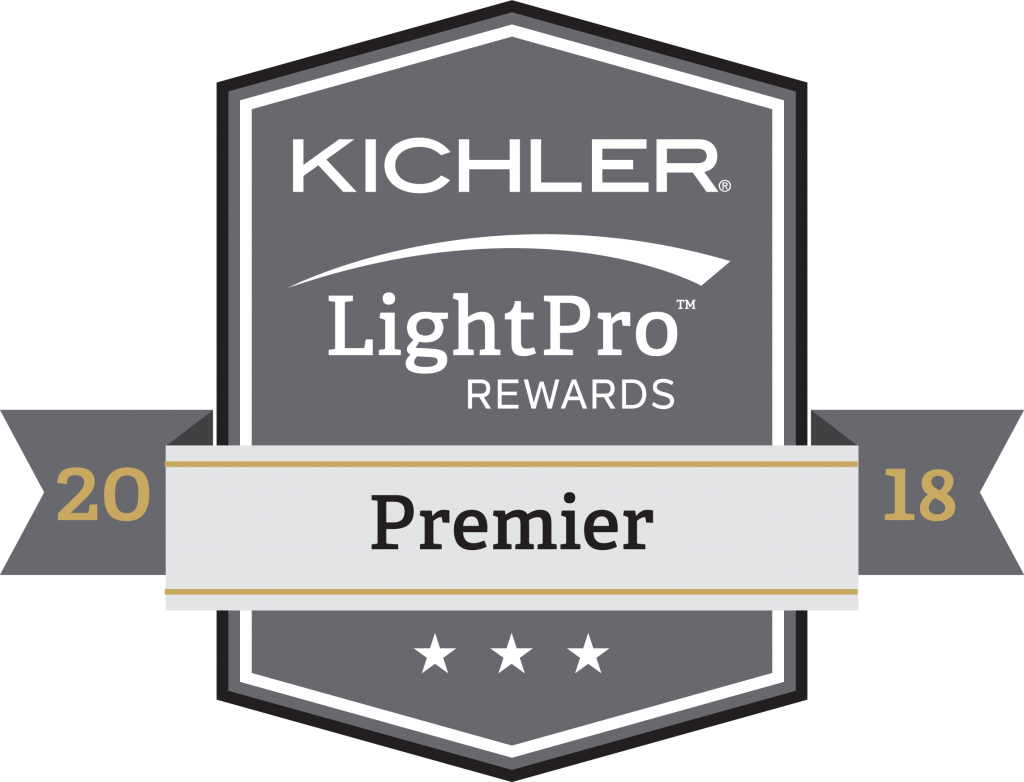Trees and shrubs often are forgotten when it comes time to fertilize the yard in the spring. Young trees, especially those with a trunk diameter of less than six inches, can benefit from regular applications of fertilizer.
“When young trees soak up nitrogen fertilizer, they grow quickly, develop a dense canopy and stay green into the fall,” said Ross Penhallegon, horticulturist with the Oregon State University Extension Service. “It might not be necessary, however, to fertilize large, established trees or shrubs in or near lawns or groundcovers that are fertilized regularly.”
Tree root systems extend for a long distance and they absorb nutrients when the area around them is fertilized. Additionally, as trees mature, their roots develop associations with fungi called mycorrhizae. These beneficial fungi help the tree utilize minerals and elements in the soil.
Before you fertilize, take a look at your trees and ask these questions to help you decide if your trees need additional nutrients:
How much annual growth do you see? Most young trees average about 12 to 18 inches of new shoot growth each year; older trees have less.
Is your tree growing less than expected?
Has the color, size or amount of foliage changed over the past few years?
Has the tree recently had disease or insect problems?
If you answered yes to any of these questions, the tree might benefit from fertilization.
“The best time to fertilize is in the spring,” Penhallegon said. “If you fertilize in the fall, you run the risk of shocking the plant into becoming metabolically active right when cold weather hits.” Plus, a lot of the fertilizer will leach into the groundwater due to the excessive rain.
Most woody plants begin the new year’s growth with elements stored from the year before. An application of fertilizer in the spring gives an additional boost to this new growth.
Garden references vary about how much fertilizer to apply to trees and shrubs. Penhallegon has a general rule for fertilizing trees and shrubs — use 1/4 to 1/2 pound of nitrogen per inch of diameter for trees six inches or more in diameter at breast height. Use 1/4-pound actual nitrogen per inch on smaller trees. This is roughly two to four pounds of complete fertilizer per inch diameter on the larger trees and half that dosage on smaller trees. In most cases use the lesser amount.
“As time goes on, you will be able to tell by the condition of tree or shrub, whether or not it needs more fertilizer,” Penhallegon said. “Typically, healthy trees and shrubs have 12 to 18 inches of branch growth per year. Their leaf color should be dark green, with lighter green on new growth.”
Apply the fertilizer along the drip line of the tree, the area with the majority of the roots. If the fertilizer is applied to the soil surface only, much can be washed away or will not filter into the soil to the root zone. Water the fertilizer or allow the rain to keep the fertilizer from washing away.
FOR QUICKER ABSORPTION, USE A PUNCH OR PROBE TO MAKE HOLES 12 TO 18 INCHES DEEP, AND THEN FILL THE HOLES WITH FERTILIZER. THEN BE SURE TO WATER DEEPLY.
nother way to fertilize is to “pepper” the ground with fertilizer as you walk around the drip-line of the tree. This method should also provide an adequate amount of fertilizer. Apply fertilizer in this manner right before it rains, so it will be washed into the root zone. Or water the fertilized area for an hour after application.


